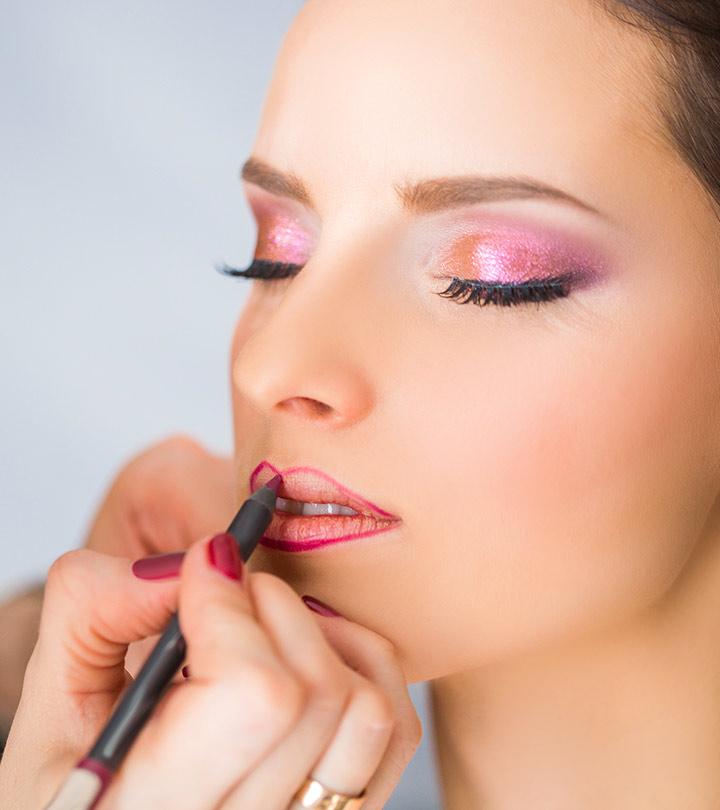5 STEPS TO COLOR FORMULATION
- DETERMINE THE DESIRED LEVEL (DL)
Please refer to Remaining Color Chart found in all framesi® technical manuals:
Note: Remember, when lifting color, there will always be warm tones remaining, never cool tones.
- DETERMINE THE TONAL VALUE OF THE DESIRED LEVEL
- DETERMINE THE CORRECT DEVELOPER
- DETERMINE THE PERCENTAGE OF GRAY HAIR
https://www.framesiprofessional.com/5-steps-to-color-formulation/
10 Tips For Formulating The Hair Color of Your Client’s Dreams
1) Know Thy Color Wheel
Color Theory is Cosmetology 101!
2) Know Predominant Tones
3) Determine Client’s Natural Level
Whether you are lifting or depositing, knowing which tones are present in your client’s natural level will help you make a better color choice.
4) Understand Grey Vs. White Hair
5) Consultation is Key
As a professional Hair Stylist, it’s your job to direct and steer the consultation with your client.
6) Determine Hair’s Porosity, Density, & Texture
Fine, medium, and coarse hair all absorb color differently.
PRO TIP: Try Powerbuild Reconstructor (80% protein, 20% moisture)
PRO TIP: Try Aquaboost Reconstructor (80% moisture, 20% protein)
Also, different nationalities tend to yield different hair textures.
7) Know Your Developer Strengths
Understand the lifting ability of your developers!
Each color line’s developers will vary in strength.
FRIENDLY REMINDER: Color doesn’t lift color, at least not with predictability.
8) Proper Mixing
9) Proper Processing Time
A numerous amount of factors will affect your color’s processing time!
Here’s a few to take into consideration:
10) Phone a Friend!
https://www.simplyorganicbeauty.com/hair-color-formulation-guide/amp/







No comments:
Post a Comment